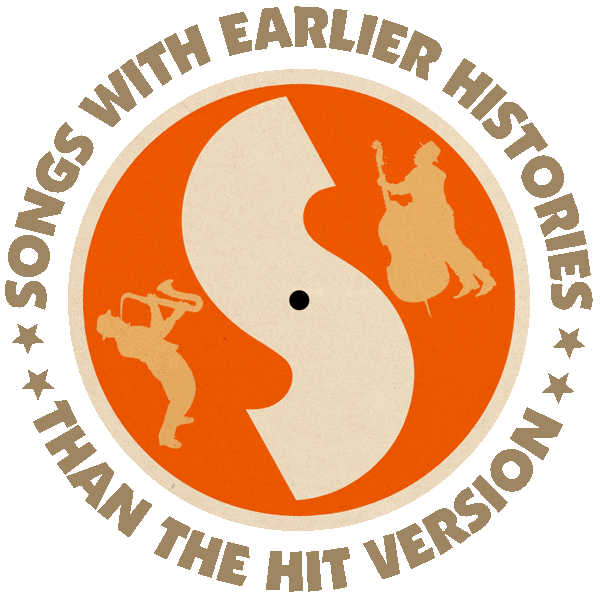First recorded by The Champs (US #40 1961).
Other hit version by Chubby Checker (US #2/R&B #3 1962).
Also recorded (as “Let’s Limbo Some More”) by Chubby Checker (US #20 1963).
From the wiki: “Limbo Rock” is a popular song about limbo dancing written by Kal Mann (under the pseudonym Jan Sheldon) and Billy Strange. An instrumental version was first recorded by The Champs in 1961, a band of studio musicians that included a touring configuration of Earl Palmer (drums), Tommy Tedesco (guitar), Plas Johnson (saxophone) and its newest member, Glen Campbell (guitar).
“Originally composed as ‘Monotonous Melody’, for the lack of any other name, the recording was retitled ‘Limbo Rock’ for release as the B-side to ‘Tequila Twist’, the 45 rpm followup to the Champs’ Top 10 hit ‘Tequila’. ‘Tequila Twist’ debuted at #98 in February 1962 on the Billboard Hot 100 … and then promptly disappeared. ‘Limbo Rock’ was then released as the A-side. It too debuted at #98 on the Hot 100 in May 1962 but managed to peak at #40, taking a very slow 12 weeks of chart progress to get there.

